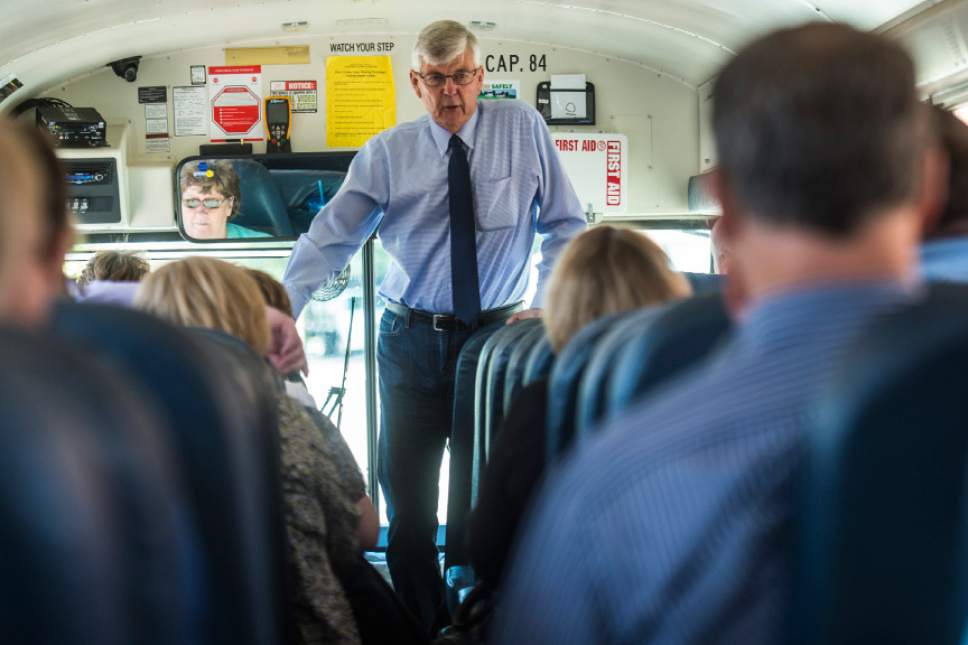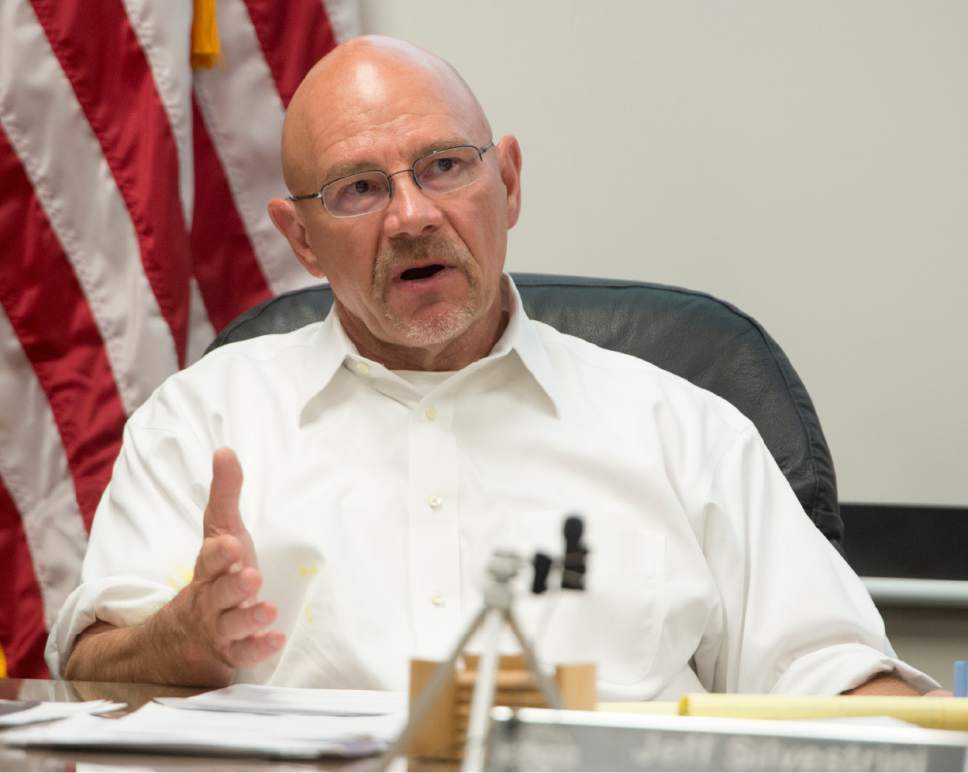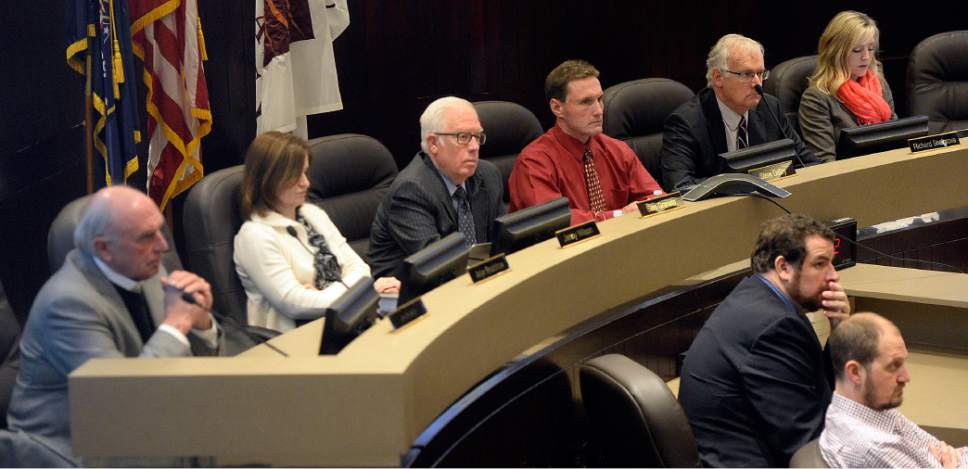This is an archived article that was published on sltrib.com in 2017, and information in the article may be outdated. It is provided only for personal research purposes and may not be reprinted.
As Riverton City looks to take the next step toward creating its own service district area for police protection, it may trigger a bigger exodus from the taxing district set up to fund the Unified Police Department as a regional law enforcement agency.
The Salt Lake Valley Law Enforcement Service Area (SLVLESA) was formed a decade ago and includes unincorporated Salt Lake County and its various townships, along with the cities of Riverton, Herriman and Millcreek. The three cities are currently in various stages of considering exit proposals, but Salt Lake County Councilman Jim Bradley, the chairman of SLVLESA, isn't too concerned about the impacts that could have on the agency and the law enforcement protection it funds.
"The only reason SLVLESA exists is to provide a funding source for the Unified Police Department," Bradley said. "If people choose not to do that, then the cities have ways of coming up with other money. So knock yourself out, so to speak."
Bradley said the district will continue to serve unincorporated Salt Lake County, which has largely formed into townships.
Three cities — Midvale, Taylorsville and Holladay — contract with the Unified Police Department (UPD) for services without being part of SLVLESA, and the cities considering pulling out of the district are likely to do the same.
Riverton has scheduled a public hearing on its pullout plan for Aug. 15 and will then vote on whether to finalize the creation of its own service district. Meanwhile, Herriman City is planning an open house Aug. 8 to seek public input about leaving SLVLESA and will vote that evening on whether to begin the process. If Herriman follows Riverton out the door, Millcreek Mayor Jeff Silvestrini said his newly incorporated city will consider leaving as well.
For Riverton Mayor Bill Applegarth, the benefits of exiting SLVLESA include "local control, the fact that you get all the money from the property tax that goes up in Riverton and [that] people can tell exactly what they're paying for police protection."
Tami Moody, Herriman's public information officer, said the majority of the council will likely support leaving SLVLESA, with much the same reasoning in mind.
"When you're in the funding mechanism that SLVLESA provides, you have a little bit less of a say of how many officers you can receive," she said. "I think our hope is that if we pull out of SLVLESA, then when we make a request for additional officers and we're willing to pay for them, that we'll get what it is that we think will fit our needs."
Previously, SLVLESA member cities would have had to put the issue of withdrawing before their voters. But earlier this year, the Utah Legislature passed HB229, which allows such a move without a vote so long as the city completes a feasibility study and gets approval from SLVLESA.
That and a recent 9.5 percent property tax increase on SLVLESA members were the likely catalysts behind Riverton's decision to leave the district. The tax hike does not apply to cities that contract with UPD.
"When we were with SLVLESA, the same tax rate had to cover the whole county," Applegarth said. Under a different funding plan, he noted, city officials would be able to set a tax rate that's cheaper than what they pay under SLVLESA.
Riverton's creation of its own service district will allow more transparency for residents to see how their property taxes are spent and will be subject to stricter caps on such taxes, Applegarth said.
Applegarth said the council also decided to forge its own route to gain more local control over staffing and other matters relating to service levels.
Moody, Herriman's public information officer, said the city is weighing the pros and cons of following Riverton's lead or of contracting with the UPD without forming its own taxing district.
Meanwhile, Millcreek's mayor said his council has commissioned a financial study to look at the impact of staying in the district if the other two cities leave.
"Millcreek could be the only remaining city in SLVLESA if Herriman follows Riverton out," Silvestrini wrote in an email. "I am concerned about the governance of the taxing district with no other cities involved, where Millcreek has one vote out of nine and represents (by my estimate) about 40 percent of the population and 54 percent of the tax base of the district."
Despite his concerns that Millcreek would suffer a loss in police coverage or a tax increase with little voting control, Silvestrini said the council will not make a decision on the matter until it better understands the financial impacts to the city. It expects to receive the results of its study next week.
Twitter: @tstevens95







